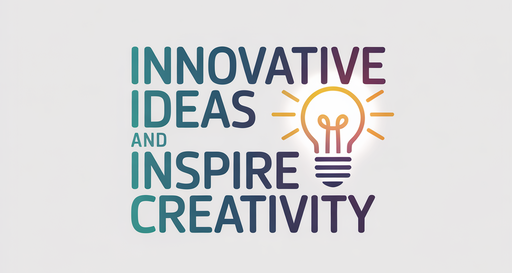Professional Art Ideas to Spark Creativity in 2025
Discover innovative and professional art ideas to ignite your creativity and elevate your portfolio. Whether you’re a seasoned artist or an emerging talent, these inspiring projects across various mediums and themes will help you create impactful work.
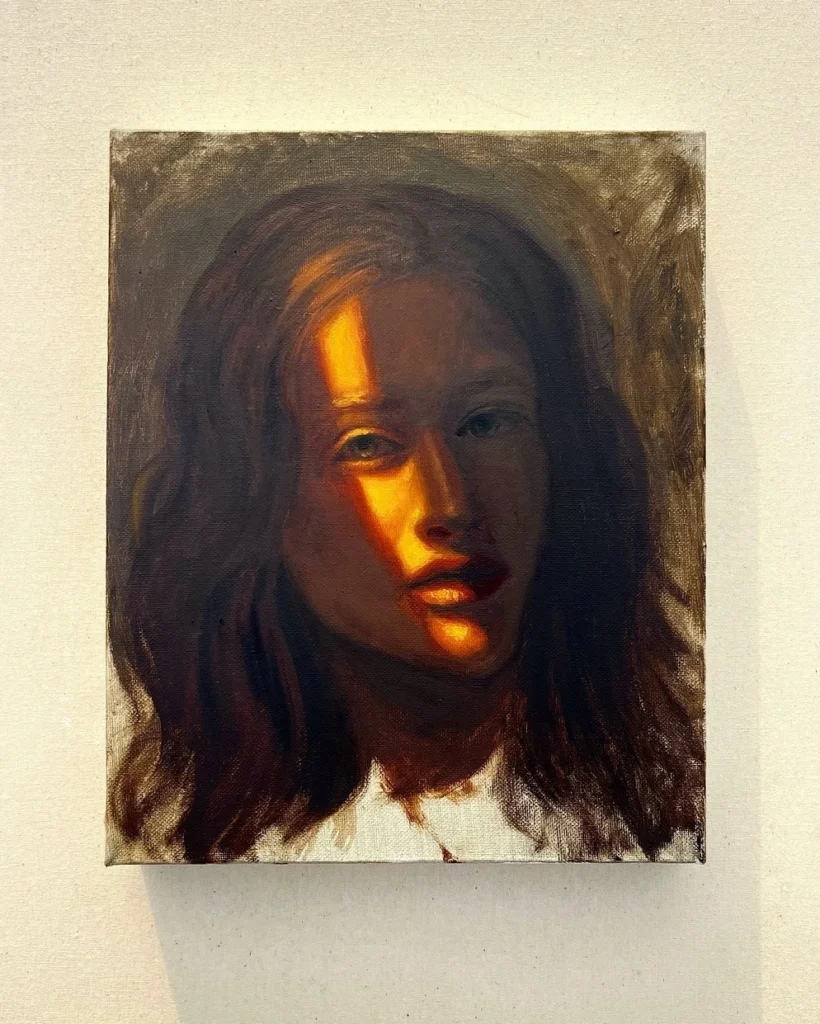
From nature-inspired designs to cutting-edge digital art, this guide offers actionable ideas optimized for artistic growth and audience engagement.
Why Explore New Art Ideas?
Art is a powerful medium for self-expression and connection.
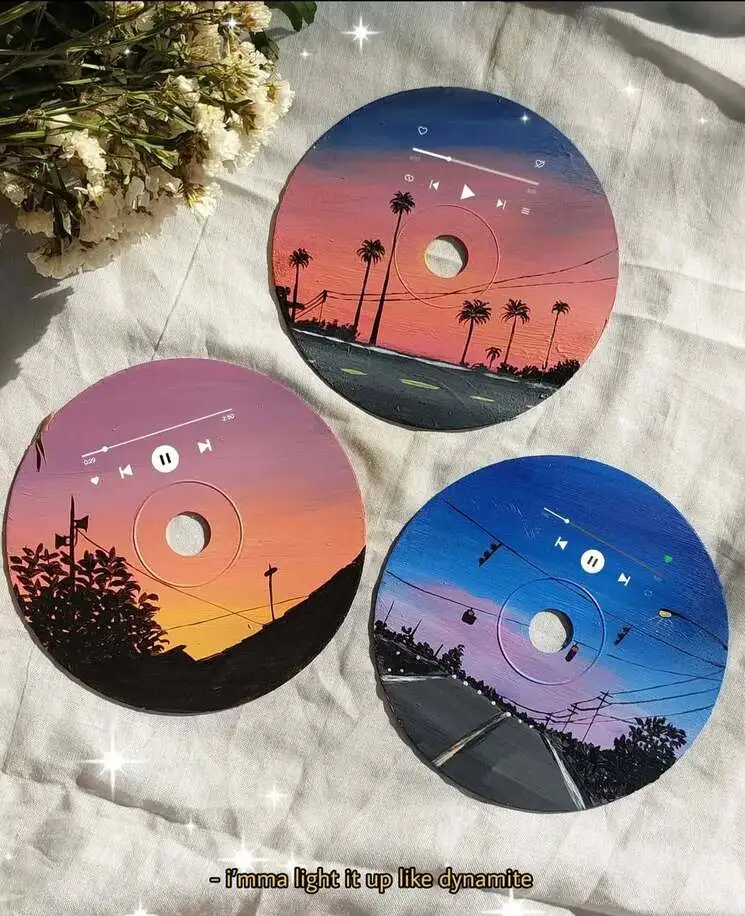
Exploring fresh ideas not only hones your skills but also keeps your work relevant in a dynamic creative landscape. These projects are designed to inspire, challenge, and align with 2025’s artistic trends, including sustainability, technology, and storytelling. Let’s dive into 10 professional art ideas to fuel your next masterpiece art ideas.
Nature-Inspired Mixed Media
Capture the beauty of the natural world with mixed media. Combine watercolor, acrylics, and natural materials like pressed leaves or twigs to create textured landscapes or botanical illustrations. Focus on themes like climate change or biodiversity to resonate with eco-conscious audiences.
How to Start:
- Sketch a local ecosystem (e.g., forest, coastline).
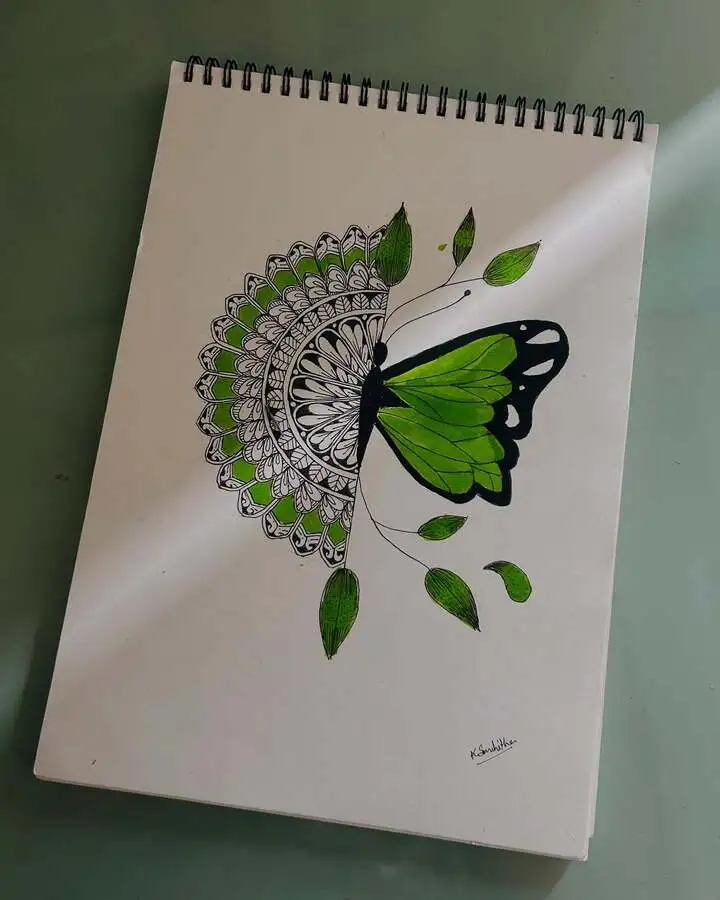
- Use sustainable materials like recycled paper or organic paints.
- Experiment with layering techniques for depth.
Abstract Emotional Paintings
Channel emotions into bold, abstract paintings using acrylics or oils. Create large-scale pieces with vibrant color fields or gestural brushstrokes to evoke mood. This style appeals to collectors seeking statement pieces art ideas.
How to Start:
- Choose a color palette based on an emotion (e.g., blues for calm, reds for passion).
- Use tools like palette knives or sponges for texture.
- Document your process for a behind-the-scenes blog post.

Everyday Object Still Life
Keywords: still life art, modern still life, everyday object paintings
Reimagine everyday objects (e.g., kitchen utensils, books) in a surreal or hyper-realistic style. Add unexpected elements, like distorted shadows or vibrant color shifts, to create intrigue art ideas.
How to Start:
- Select 3-5 household items with personal significance.
- Experiment with lighting to create dramatic effects.
- Use oil paints or digital tools for hyper-realistic details.
Cultural Heritage Illustrations
Draw inspiration from cultural or historical themes, such as mythology or traditional patterns. Blend ancient motifs with modern mediums like digital illustration or spray paint for a fresh take art ideas.
How to Start:
- Research a culture’s visual history (e.g., Japanese ukiyo-e, African textiles).
- Create a series of illustrations that tell a cohesive story.
- Ensure respectful representation through thorough research.
Digital Glitch Art
Explore the futuristic appeal of glitch art by manipulating digital images or videos to create pixelated, distorted effects. This trend is popular in NFT markets and tech-inspired galleries.
How to Start:
- Use software like Photoshop or Glitch Lab to distort images.
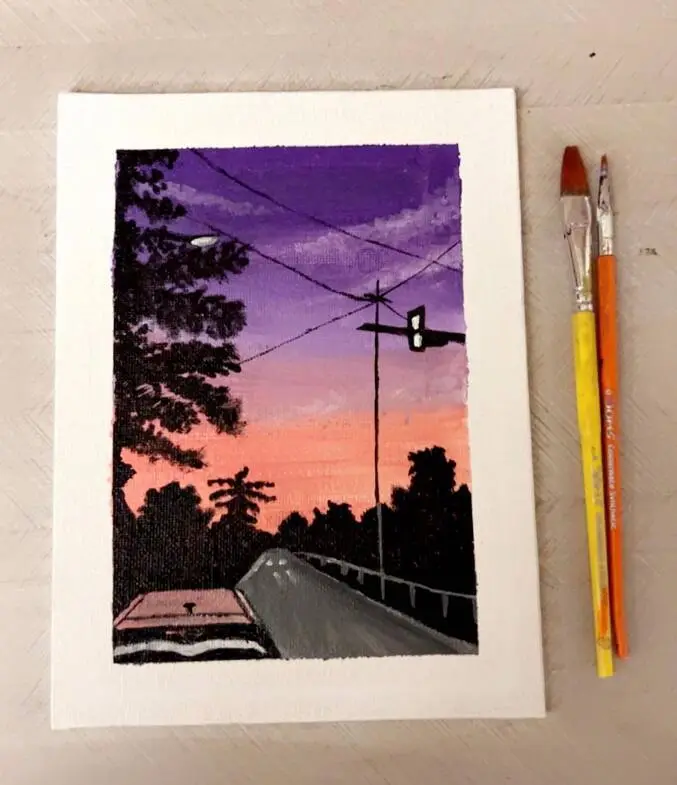
- Experiment with vibrant, neon color palettes.
- Mint your work as an NFT for digital marketplaces.
Augmented Reality (AR) Art Installations
Leverage AR to create immersive art experiences. Use tools like Adobe Aero to design 3D artworks that viewers can interact with via smartphones.
How to Start:
- Design a simple 3D model (e.g., a sculpture or animated character).
- Integrate it into an AR app for public spaces or galleries.
- Promote your work at tech-art events.
Narrative Comic Strips
Craft short comic strips that tell personal or fictional stories. Focus on concise narratives with strong visual pacing to engage readers.
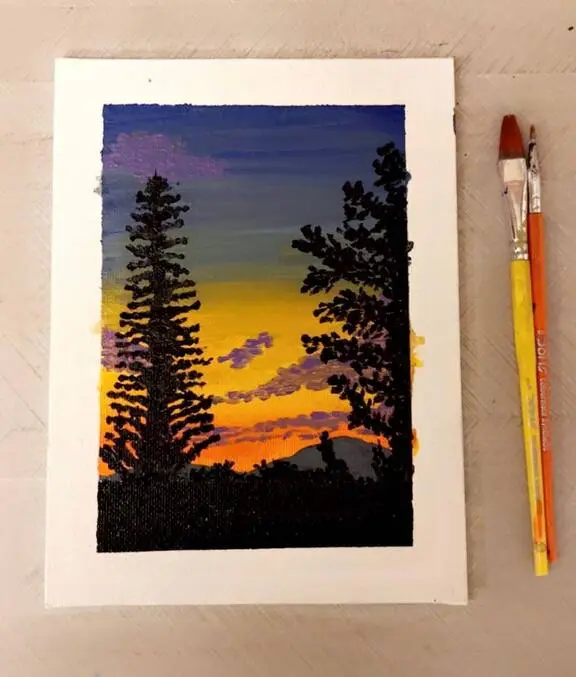
How to Start:
- Write a one-page script with a clear beginning, middle, and end.
- Use digital tools like Procreate or traditional ink for illustrations.
- Share on platforms like Webtoon or social media.
Upcycled Sculptures
Create sculptures from recycled materials like plastic, metal, or wood scraps. This eco-friendly approach appeals to galleries and environmentally conscious buyers.
How to Start:
- Collect discarded items from your home or community.

- Assemble them into abstract or figurative forms.
- Finish with non-toxic paints or sealants.
Memory-Inspired Art Maps
Illustrate maps that represent personal memories or experiences, using symbols and colors to convey emotions tied to specific places.
How to Start:
- Sketch a map of a significant location (e.g., childhood hometown).
- Add symbolic elements (e.g., a heart for a meaningful spot).
- Use watercolor or digital tools for a polished look.
Community Mural Projects
Organize or contribute to a mural in a public space, collaborating with local artists or community members to reflect shared values or history.
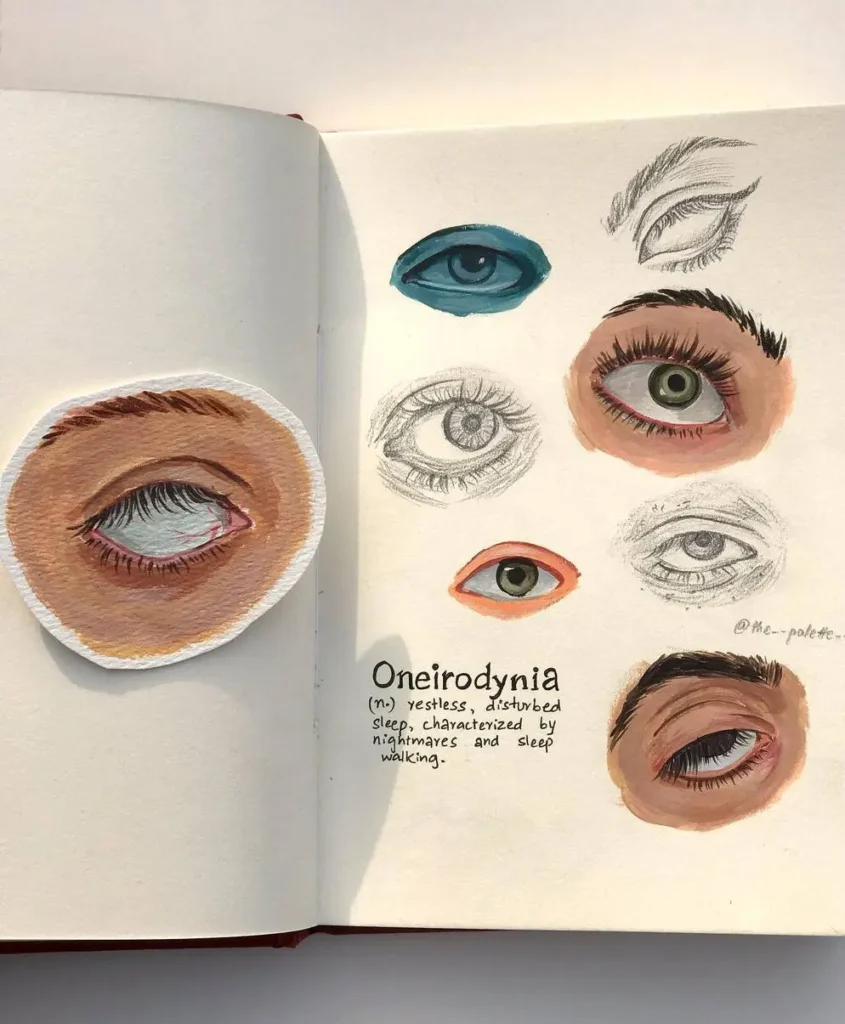
How to Start:
- Partner with a local business or school for wall space.
- Design a mural that reflects community identity.
- Use durable, weather-resistant paints
